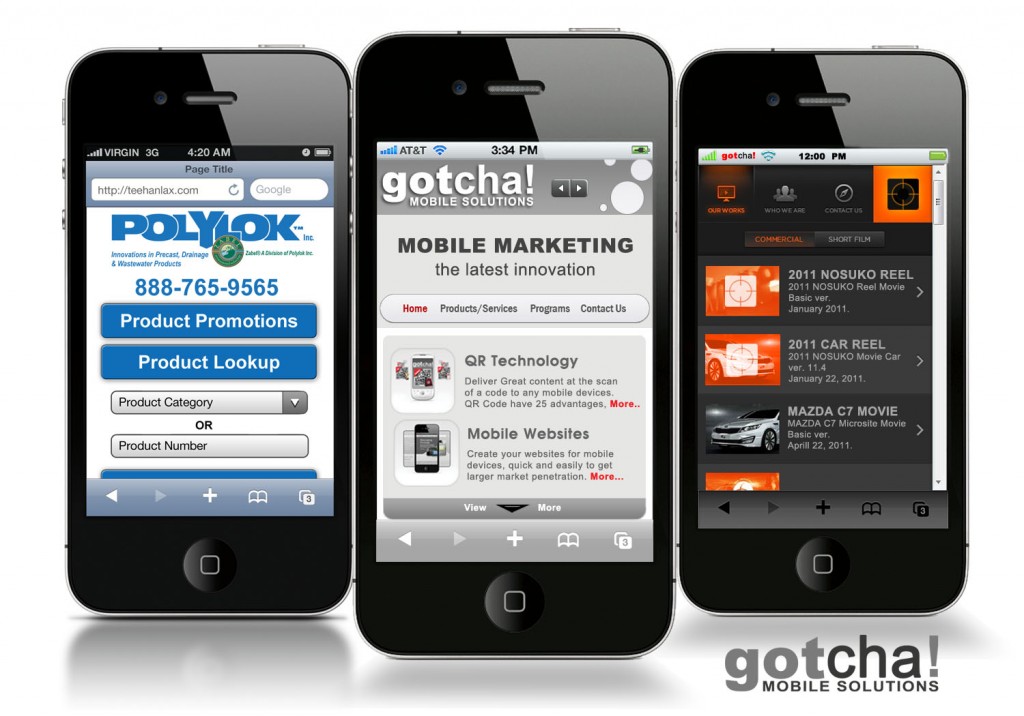
Statistics show that by next year more Internet users will access the Internet through smartphones and tablets than with desktop computers. With the number of mobile Internet users rising to 1.7 billion by next year, every company or individual with a website should make sure the site is mobile friendly. While it’s true that most mobile browsers offer users the option to pinch and zoom in on certain areas of a page, reading large amounts of information this way is time-consuming and undesirable. Mobile users want easy access to the information they need, which is why every site should create pages that are easy to read and navigate using the smaller screens typically found on mobile devices. Studies have also shown that mobile Internet users will switch to competitors’ sites if they are unable to easily access the information they need on a specific site.
How you’ll go about making your website mobile friendly will depend on how your website is structured. Companies or individuals using WordPress can use plugins to make their sites mobile friendly. Those who have custom-built Web sites will need to have a Web developer create new mobile friendly pages or utilize mobile friendly templates. Regardless of how you plan to make your site mobile friendly, there are several important factors to consider before creating mobile friendly pages.
Content
Take a good hard look at the content on your current site and determine which information is crucial and what you could potentially not include, or put somewhere else, for your mobile-friendly website. Screens are much smaller on mobile devices so you’ll need to make your font size larger so users don’t have to pinch and zoom to get information, which means you’ll have less room on each page for copy. Keep the essential information, such as contact information, and consider moving less important information to other pages to increase readability.
Images
While it’s true that a picture is worth a thousand words, photos and images make a page load more slowly, so limit your image use to one or two per page. This will make your pages load more quickly on mobile devices, as well as standard computers, which means people will be able to access your information more quickly whether on a mobile device or a desktop computer. When you do include images on your pages, make sure each one is optimized for the Web so that it’s the right size and resolution. Even if you only include one image on a page, if the image is much larger than it needs to be, it will slow down the loading of the page unnecessarily.
Scripting
Although most computer-based Web browsers have no problems loading and displaying Flash or Javascript content, sites containing Flash or Javascript may pose a problem for mobile users. For example, iPhones are not currently set up to allow Flash animations to play. Some mobile devices can handle Flash and Javascript; however, it sometimes takes a couple of extra steps and a few extra minutes to load, so it’s best to avoid these programming options when developing a mobile friendly Web site.
Keep these tips in mind. Want us to do it all for you? Feel free to contact us; we’ll take care of it!

